cis-1,2,3,6-Tetrahydrophthalic anhydride
Synonym(s):cis-4-Cyclohexene-1,2-dicarboxylic anhydride
- CAS NO.:935-79-5
- Empirical Formula: C8H8O3
- Molecular Weight: 152.15
- MDL number: MFCD00005916
- EINECS: 213-308-7
- SAFETY DATA SHEET (SDS)
- Update Date: 2025-09-25 17:15:13

What is cis-1,2,3,6-Tetrahydrophthalic anhydride?
Description
Tetrahydrophthalic anhydride is an organic compound with the formula C6H8C2O3. The compound exists as two isomers, this article being focused on the more common cis isomer. It is a precursor to other compounds including the dicarboxylic acid tetrahydrophthalic acid as well the tetrahydrophthalimide, which is a precursor to the fungicide Captan. It is a white solid that is soluble in organic solvents.
Tetrahydrophthalic anhydride, the cis isomer, is prepared by the Diels-Alder reaction of butadiene and maleic anhydride.
Chemical properties
Tetrahydrophthalic Anhydride (THPA) is a white crystalline powder or FLAKES. It is slightly soluble in benzene and acetone and it is also sensitive to moisture.
The Uses of cis-1,2,3,6-Tetrahydrophthalic anhydride
Tetrahydrophthalic Anhydride is an anhydride hardener mainly used in the fields of coatings, epoxy resin curing agents, polyester resins, adhesives, plasticizers, pesticides, etc. It is also used as a chemical intermediate for light colored alkyds.
Tetrahydrophthalic Anhydride is an organic compound obtained from the reaction of Maleic Anhydride and Butadiene.
The Uses of cis-1,2,3,6-Tetrahydrophthalic anhydride
cis-1,2,3,6-Tetrahydrophthalic anhydride (THPA) can be used as:
- A curing agent for epoxides.
- A chemical modifier in the modification of polystyrene via Friedel-Crafts acylation for enhancing the thermal stability of the polymer.
- A reactant for the synthesis of cis-tetrahydroisoindole-1,3-dione derivatives and cyclic diimides.
What are the applications of Application
cis-1,2,3,6-Tetrahydrophthalic anhydride is a bicyclic furan compound for proteomics research
Preparation
A flask containing 500 ml of dry benzene and 196 gm (2 moles) of maleic anhydride is heated with a pan of hot water while butadiene is introduced rapidly (0.6-0.8 liter/min) from a commercial cylinder. The solution is stirred rapidly and the heating is stopped after 3-5 min when the temperature reaches 50°C. In 15-25 min the reaction causes the temperature of the solution to reach 70-75°C. The absorption of the rapid stream of butadiene is nearly complete in 30-40 min. The addition of butadiene is continued at a slower rate for a total of 2\ hr. The solution is poured into a 1-liter beaker which is covered and kept at 0-5°C overnight. The product is collected on a large Buchner funnel and washed with 250 ml of b.p. 35-60°C petroleum ether. A second crop is obtained by diluting the filtrate with an additional 250 ml of petroleum ether. Both crops are dried to constant weight in an oven at 70-80°C to yield 281.5-294.5 gm (96- 97%, m.p. 99-102°C). Recrystallization from ligroin or ether raises the melting point to 103-104°C.
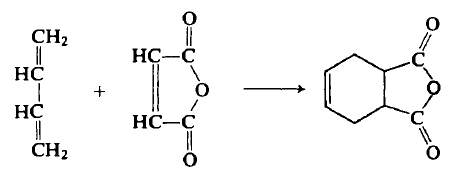
Synthesis Reference(s)
Journal of the American Chemical Society, 64, p. 802, 1942 DOI: 10.1021/ja01256a018
Properties of cis-1,2,3,6-Tetrahydrophthalic anhydride
| Melting point: | 98 °C |
| Boiling point: | 234.6°C (rough estimate) |
| Density | 1.2143 (rough estimate) |
| vapor density | 5.2 (vs air) |
| vapor pressure | <0.01 mm Hg ( 20 °C) |
| refractive index | 1.4447 (estimate) |
| Flash point: | 156 °C |
| storage temp. | under inert gas (nitrogen or Argon) at 2-8°C |
| solubility | soluble in Toluene,Benzene |
| form | powder to crystal |
| color | White to Almost white |
| Water Solubility | REACTS |
| Sensitive | Moisture Sensitive |
| BRN | 82341 |
| Exposure limits | ACGIH: TWA 0.01 mg/m3 OSHA: TWA 0.25 ppm(1 mg/m3) NIOSH: IDLH 10 mg/m3; TWA 0.25 ppm(1 mg/m3) |
| CAS DataBase Reference | 935-79-5(CAS DataBase Reference) |
| NIST Chemistry Reference | cis-1,2,3,6-Tetrahydrophthalic anhydride(935-79-5) |
| EPA Substance Registry System | 1,3-Isobenzofurandione, 3a,4,7,7a-tetrahydro-, (3aR,7aS)-rel- (935-79-5) |
Safety information for cis-1,2,3,6-Tetrahydrophthalic anhydride
| Signal word | Danger |
| Pictogram(s) |
 Corrosion Corrosives GHS05  Health Hazard GHS08 |
| GHS Hazard Statements |
H317:Sensitisation, Skin H318:Serious eye damage/eye irritation H334:Sensitisation, respiratory H412:Hazardous to the aquatic environment, long-term hazard |
| Precautionary Statement Codes |
P261:Avoid breathing dust/fume/gas/mist/vapours/spray. P273:Avoid release to the environment. P280:Wear protective gloves/protective clothing/eye protection/face protection. P302+P352:IF ON SKIN: wash with plenty of soap and water. P305+P351+P338:IF IN EYES: Rinse cautiously with water for several minutes. Remove contact lenses, if present and easy to do. Continuerinsing. |
Computed Descriptors for cis-1,2,3,6-Tetrahydrophthalic anhydride
New Products
Indole Methyl Resin tert-butyl 9-methoxy-3-azaspiro[5.5]undecane-3-carboxylate Boc-His(Boc)-OH 2-CTC Resin 4-Chloro-7-tosy1-7Hpyrrolo[2,3-d]pyrimidine 5,7-Dibromo-1H-indole 2,5-dichloro-N-hydroxy-4,6-dimethylpyridine-3-carboximidamide 2,2-Dimethoxy-7-azaspiro[3.5]nonane hydrochloride 4-chloromethyl-5-methyl-1,3-dioxol-2-one (DMDO-Cl) R-2-BENZYLOXY PROPIONIC ACID 1,1’-CARBONYLDIIMIDAZOLE 1,1’-CARBONYLDI (1,2-4 TRIAZOLE) N-METHYL INDAZOLE-3-CARBOXYLIC ACID 4-((2-hydroxyethyl)thio)benzoic acid 1-(TERT-BUTOXYCARBONYL)-2-PYRROLIDINONE Methyl 6-methylnicotinate 3-Pyridineacrylic acid tert-Butyl carbazate TETRAHYDRO-2H-PYRAN-3-OL 2-((4-morpholinophenylamino) (methylthio) methylene) malononitrile 3-(4-morpholinophenylamino)-5-amino-1H-pyrazole-4-carbonitrile 2,4-dihydroxybenzaldehyde 1,3-Diethyl-1,3-Diphenylurea Methyl 2-methylquinoline-6-carboxylateRelated products of tetrahydrofuran
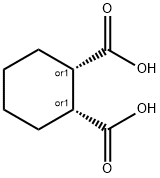
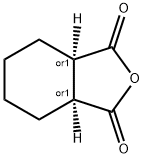
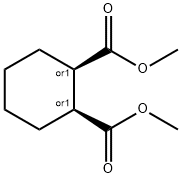

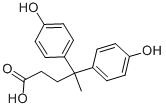

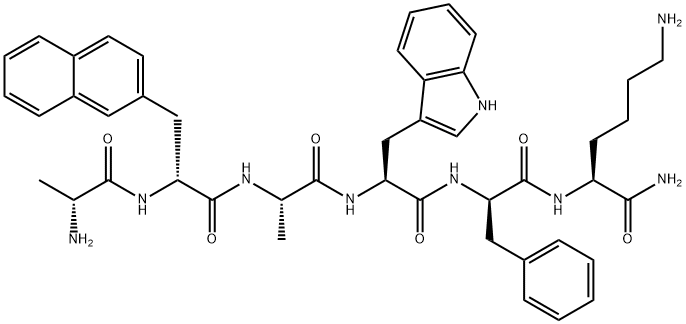

You may like
-
 cis-1,2,3,6-Tetrahydrophthalic anhydride 98.00% CAS 935-79-5View Details
cis-1,2,3,6-Tetrahydrophthalic anhydride 98.00% CAS 935-79-5View Details
935-79-5 -
 cis-4-Cyclohexene-1,2-dicarboxylic Anhydride CAS 935-79-5View Details
cis-4-Cyclohexene-1,2-dicarboxylic Anhydride CAS 935-79-5View Details
935-79-5 -
 Tetrahydrophthalic anhydride, 95% CAS 935-79-5View Details
Tetrahydrophthalic anhydride, 95% CAS 935-79-5View Details
935-79-5 -
 cis-1,2,3,6-Tetrahydrophthalic anhydride CAS 935-79-5View Details
cis-1,2,3,6-Tetrahydrophthalic anhydride CAS 935-79-5View Details
935-79-5 -
 Pyridine 99.5% HPLC /UV SpectroscopyView Details
Pyridine 99.5% HPLC /UV SpectroscopyView Details
110-86-1 -
 Dibutyl PhthalateView Details
Dibutyl PhthalateView Details
84-74-2 -
 Imidazole Spot supply, competitive priceView Details
Imidazole Spot supply, competitive priceView Details
288-32-4 -
 Thiourea 99% ARView Details
Thiourea 99% ARView Details
62-56-6
